Causes of Corrosion in Stainless Steel
Although stainless steel is renowned for having exceptional corrosion resistance, in some circumstances it can nevertheless rust.
1. Chlorides are a frequent component of seawater and are also included in various cleaning products and industrial operations. Chlorides can produce pitting corrosion in stainless steel, which can result in the development of holes and cracks in the material.
2. Acid exposure: Acids can corrode stainless steel as well, especially if the acid is concentrated or the exposure is protracted. Rapid corrosion can be brought on by powerful acids like sulfuric and hydrochloric acid.
3. High temperatures: Stainless steel can corrode under extreme conditions, especially if it is exposed to oxygen. This might lead to oxidation, which would weaken the substance and make it corrode.
4. Contamination: Stainless steel can corrode if it is exposed to other metals or substances, such as iron or carbon steel. This may occur during the welding or fabrication operations.
5. Improper cleaning and upkeep: Improper cleaning and upkeep can also cause corrosion in stainless steel. For instance, employing wire brushes or abrasive cleansers might scrape the steel’s surface, making rust more likely to occur.
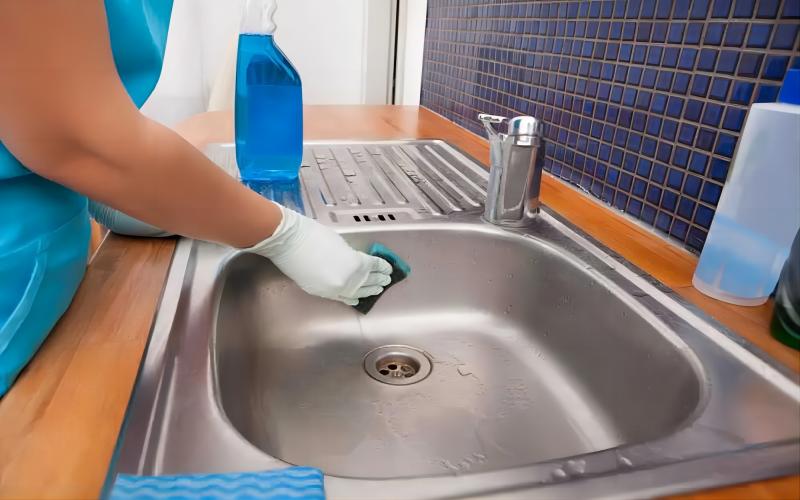
Routine Cleaning of Stainless Steel
Maintaining the appearance and functionality of stainless steel products requires routine cleaning of the material. Although stainless steel is renowned for its strength, resistance to rust, and staining, it still needs routine cleaning to keep its luster and avoid the accumulation of dirt, grime, and other impurities that could impair its performance.
The cleaning steps are as follows:
1. Start by using a soft nylon brush to gently clean away any accumulated dirt or grime.
2. Use a light soap or detergent appropriate for stainless steel to clean the surface next.
3. To get rid of any residue, thoroughly rinse the stainless steel with clean water.
4. Make sure the stainless steel is dry after cleaning. To create a dry surface, you can use a soft cloth, a disposable wipe, or even an air blower.
Need to pay attention: The cleaning and maintenance of stainless steel may include using dangerous chemicals. Maintain all safety precautions stated in the cleaning or polishing agent’s instructions. Make careful to wear personal protective equipment as directed by occupational health and safety regulations.
Specific Cleaning For Stainless Steel
Routine cleaning may no longer be sufficient when stainless steel has gotten excessively unclean and shows signs of corrosion or surface discoloration.
1. With soap and warm water, unsightly fingerprints left on stainless steel appliances can be removed. Hydrocarbon solvents or commercially available solutions can also be employed.

2. With isopropyl alcohol, acetone, or methylated spirits, or by repeatedly applying the solvent with a clean, non-scratching cloth until all traces are gone, oil and grease stains on stainless steel can be cleaned.
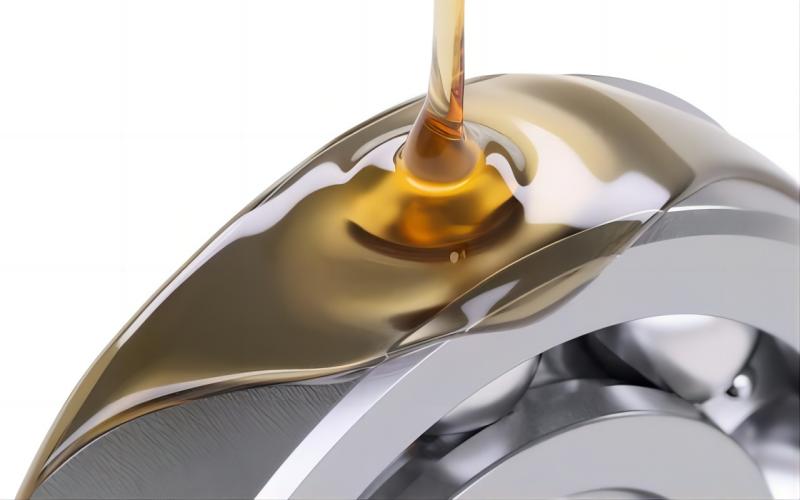
3. Burnt spots can be removed from stainless steel pots and pans by soaking them in diluted ammonia or detergent. Then, clean off the filth using a nylon brush. If desired, dust the polished surface with a fine abrasive powder, but take care not to scratch it. Finally, give everything a good water rinse.
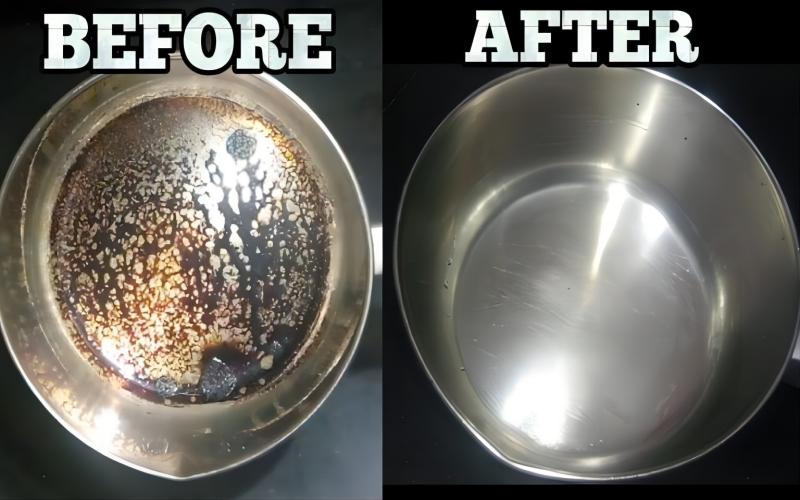
4. Cutlery made of stainless steel:
Discoloration: Make use of gentle, non-abrasive cleaning. Apply with a soft cloth or sponge next, and then give everything a good rinse with water.
Coffee stains: Soak in baking soda and warm water, a solution of sodium bicarbonate.
Tea stains: Soak in warm water and washing soda solution (sodium carbonate). Use a sponge or soft towel if the item is too big to soak.
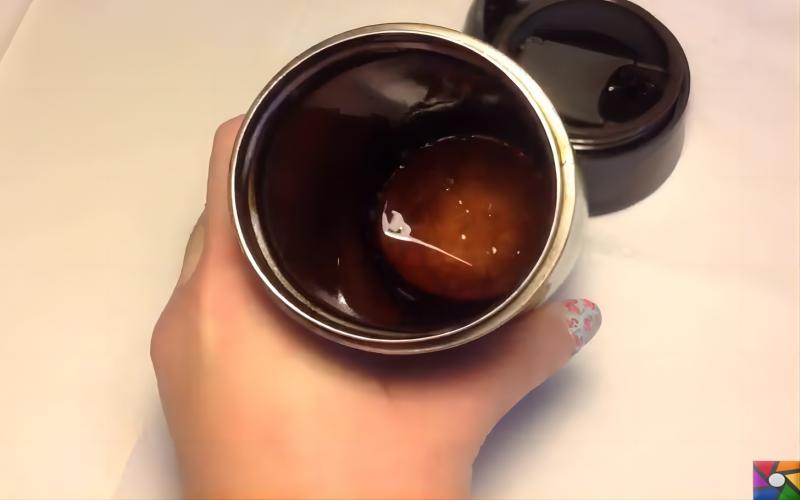
5. Oxalic acid can be used to treat rust spots by applying the solution with a soft cloth and letting it sit on the surface for a while to dissolve any contaminants. Finally, use clean water to rinse away any remaining solution.
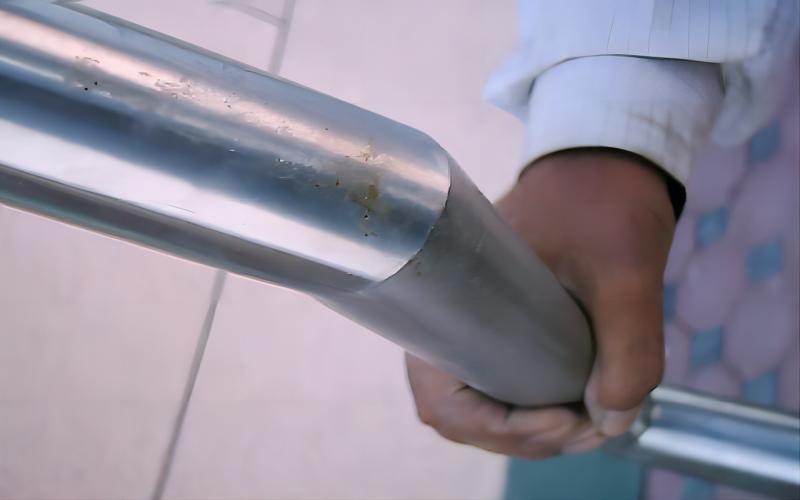
6. Try using a vinegar solution to descale stainless steel: Dilute one part vinegar with three parts water, then apply with a nylon brush.
Cement and mortar splashes: The flushing fluid splashes off immediately. Use a 10%–15% phosphoric acid-based solution in warm water. Apply cleaner evenly, wait 30-60 minutes, then neutralize the acid with alkaline cleaner or diluted ammonia. Finally, rinse with water.
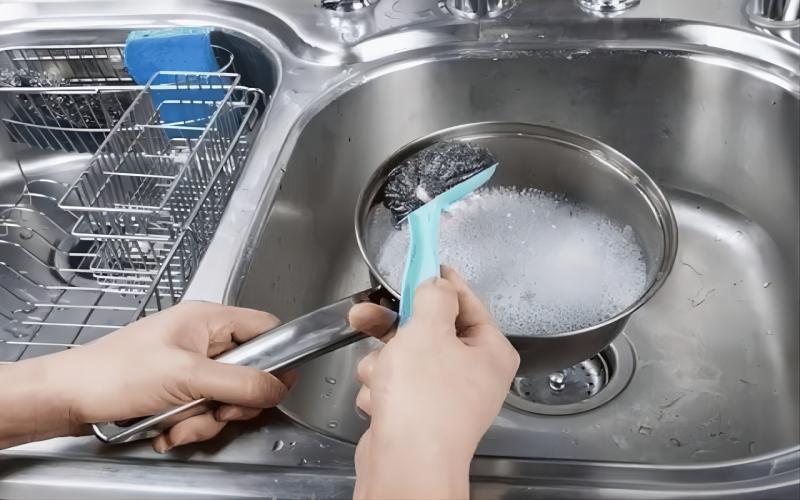
7. Biodegradable graffiti-cleaning wipes can be used to erase graffiti on stainless steel. To avoid harming stainless steel surfaces, avoid using blades or harsh scrapers.
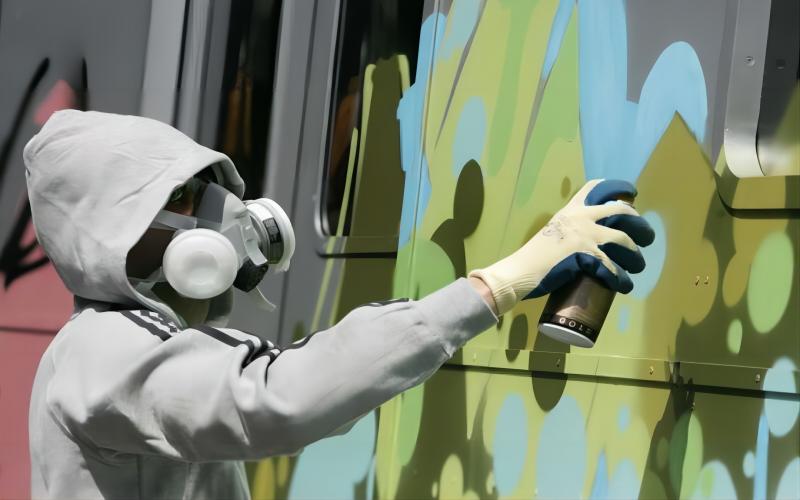
8. A domestic metal polish can be used to eliminate hot spots from stainless steel surfaces and treat the entire surface to prevent discoloration. Home metal polish is readily accessible and effective for chrome polish on vehicle parts.
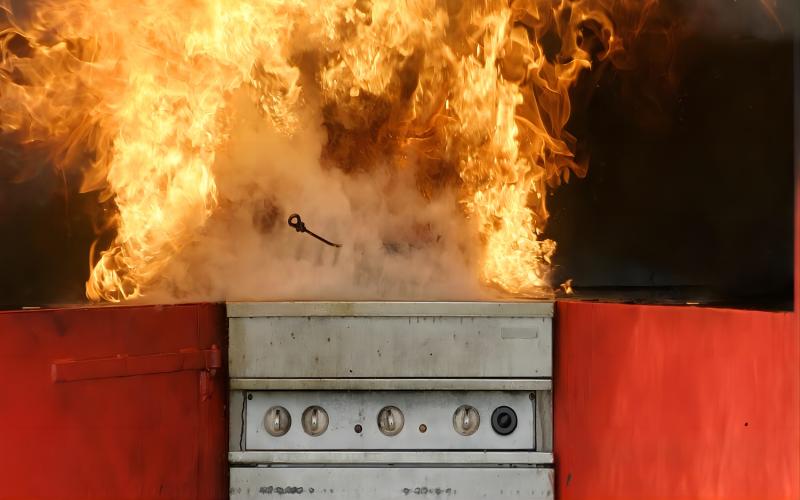
9. Any discernible dents, cracks, and breaks are considered structural damage. Any visible rust should be eliminated as soon as possible to stop additional harm. But until they can be fixed or replaced, seriously damaged products need to be stopped.

10. Phosphate stainless steel cleansers or all-purpose lubricants can be used to treat mild to moderate corrosion. Minor Corrosion: Apply an all-purpose lubricant (like WD-40) to the damaged area, then thoroughly clean it with water.
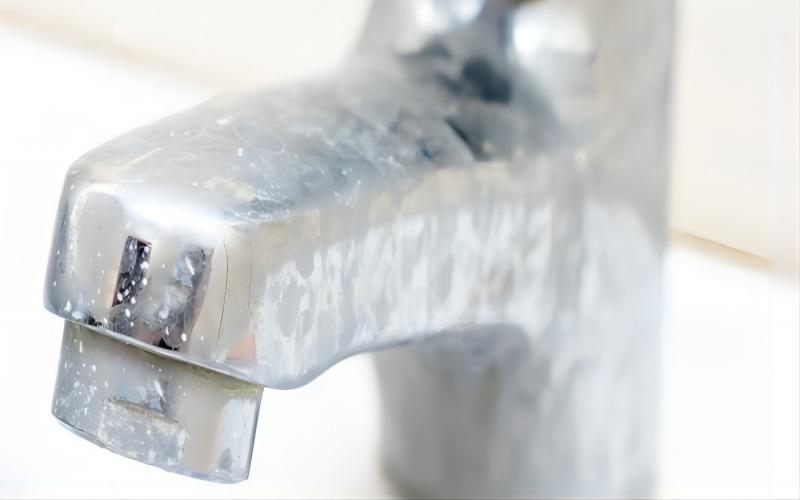
Use a phosphate stainless steel cleanser, such as E-NOX CLEAN, for moderate corrosion. After applying a second, even coating of cleaner, let it sit for 30 to 60 minutes, and then use an alkaline cleanser, such as UNO S F, to neutralize the acid. Finally, use a paper towel to thoroughly clean the surface before rinsing it with water.
Because heavy rust treatment is so caustic, severe corrosion should be addressed by a professional service provider. After treatment, moderate nitric acid can be used to passivate stainless steel.


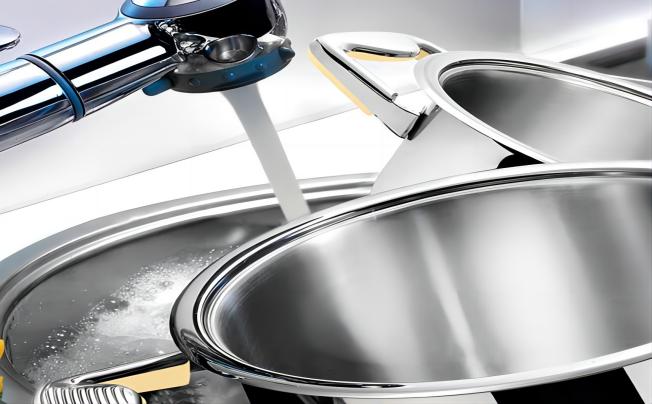 Stainless Steel Pipe and Tube?">
Stainless Steel Pipe and Tube?">